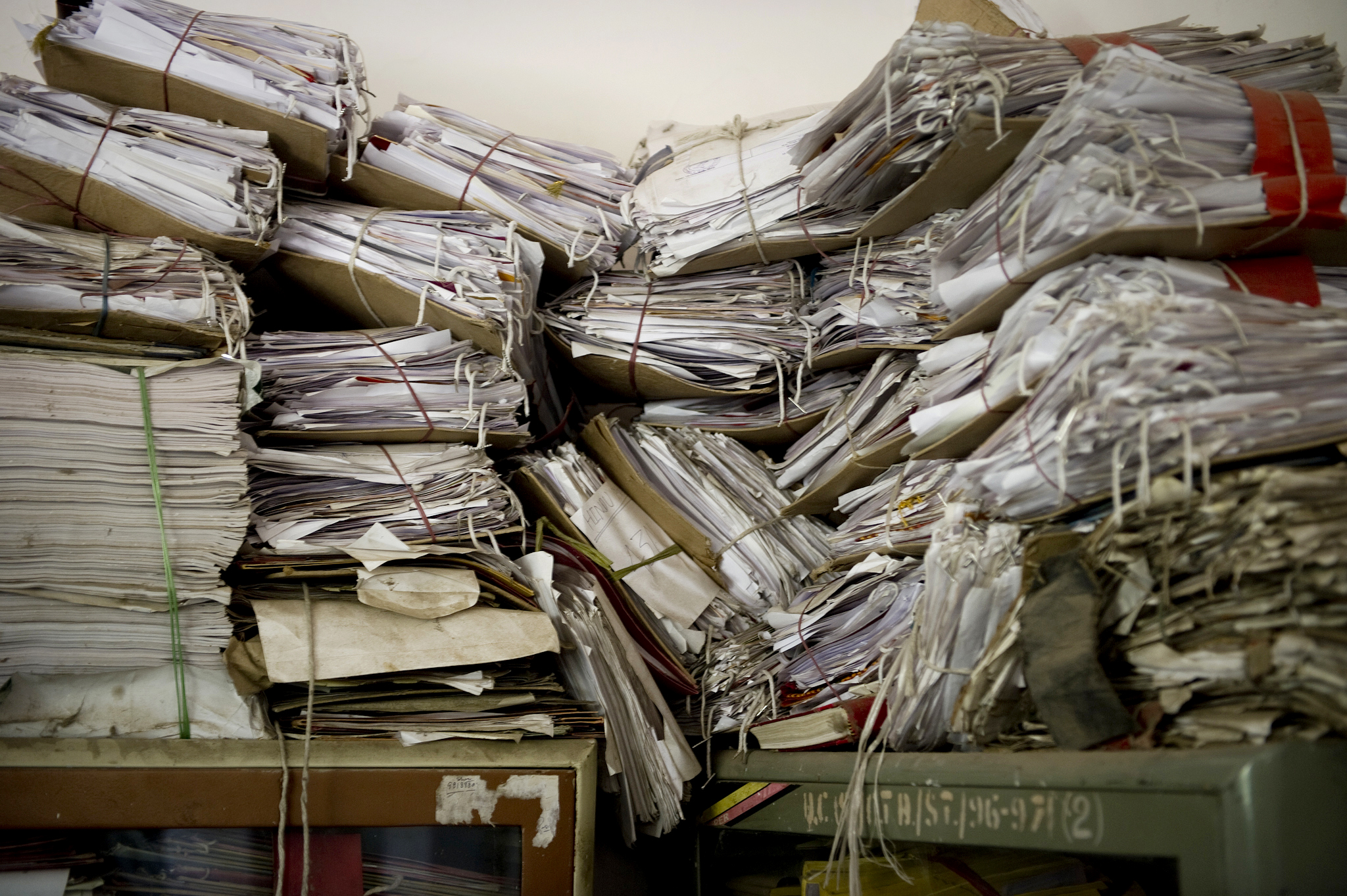In an era dominated by emails, instant messaging, and social media, one might assume that traditional mail and the postal economy are relics of the past. However, contrary to this belief, the traditional mail system remains a vital and thriving component of global communication and commerce. This article explores how traditional mail continues to hold its ground and adapt in the digital age.

1. The Enduring Importance of Physical Mail
Despite the convenience of electronic communication, physical mail retains a unique significance in several areas:
1.1 Personal Touch and Tangibility:
- Emotional Value: Receiving a handwritten letter or a physical greeting card carries a personal touch that an email cannot replicate. These tangible items often become cherished keepsakes.
- Physical Presence: Items like wedding invitations, thank you notes, and postcards provide a sense of presence and sincerity, enhancing personal connections. Seeing a big locking mailbox outside a home is a feature of modern urban life.
1.2 Official and Legal Documents:
- Security and Authenticity: Certain documents, such as legal contracts, birth certificates, and official notifications, require a physical form for authenticity and legal validity.
- Original Signatures: Many official processes still necessitate original, handwritten signatures, which cannot be replicated digitally.
1.3 E-commerce and Package Delivery:
- Online Shopping Boom: The surge in e-commerce has led to a massive increase in parcel deliveries. Postal services and courier companies play a crucial role in ensuring that goods ordered online reach consumers.
- Subscription Services: The rise of subscription boxes, delivering everything from books to gourmet food, relies heavily on traditional mail services.
2. Adapting to Modern Demands
The traditional mail industry has not remained static; it has evolved and adapted to meet contemporary needs:
2.1 Technological Integration:
- Tracking and Transparency: Modern postal services offer real-time tracking, giving customers the ability to monitor their packages and mail.
- Automation and Efficiency: Sorting facilities have become highly automated, improving efficiency and reducing delivery times.
2.2 Enhanced Services:
- Express Delivery: Services like next-day and same-day delivery cater to the growing demand for speed and convenience.
- Specialized Offerings: Many postal services now offer specialized options such as climate-controlled shipping for perishable goods and secure handling for sensitive materials.
3. Economic and Environmental Considerations
3.1 Economic Impact:
- Employment: The postal and courier industry is a significant employer worldwide, providing jobs in areas ranging from sorting and delivery to customer service.
- Supporting Small Businesses: Traditional mail services enable small and medium-sized enterprises (SMEs) to reach broader markets, facilitating business growth and economic development.
3.2 Environmental Initiatives:
- Sustainable Practices: Many postal services are adopting greener practices, such as using electric vehicles for deliveries and implementing recycling programs.
- Carbon Offset Programs: Some companies offer carbon-neutral shipping options, allowing customers to offset the environmental impact of their deliveries.
4. Challenges and Future Prospects
4.1 Competition and Innovation:
- Digital Alternatives: While traditional mail faces competition from digital communication, it continues to find its niche through its irreplaceable qualities.
- Innovation: The industry is innovating with hybrid mail services, where digital messages are converted to physical mail, and vice versa, bridging the gap between digital and physical communication.
4.2 Global Connectivity:
- Expanding Networks: Postal services are expanding their reach, ensuring connectivity even in remote and underserved regions.
- International Collaboration: Enhanced cooperation between national postal services facilitates more efficient and reliable international mail delivery.
Conclusion
Traditional mail and the postal economy, far from being obsolete, continue to thrive by adapting to modern needs and embracing technological advancements. The enduring demand for physical mail, driven by its emotional value, legal necessity, and the booming e-commerce sector, underscores its relevance. As the industry navigates challenges and leverages opportunities for innovation, traditional mail remains a vital part of global communication and commerce in the digital age.
